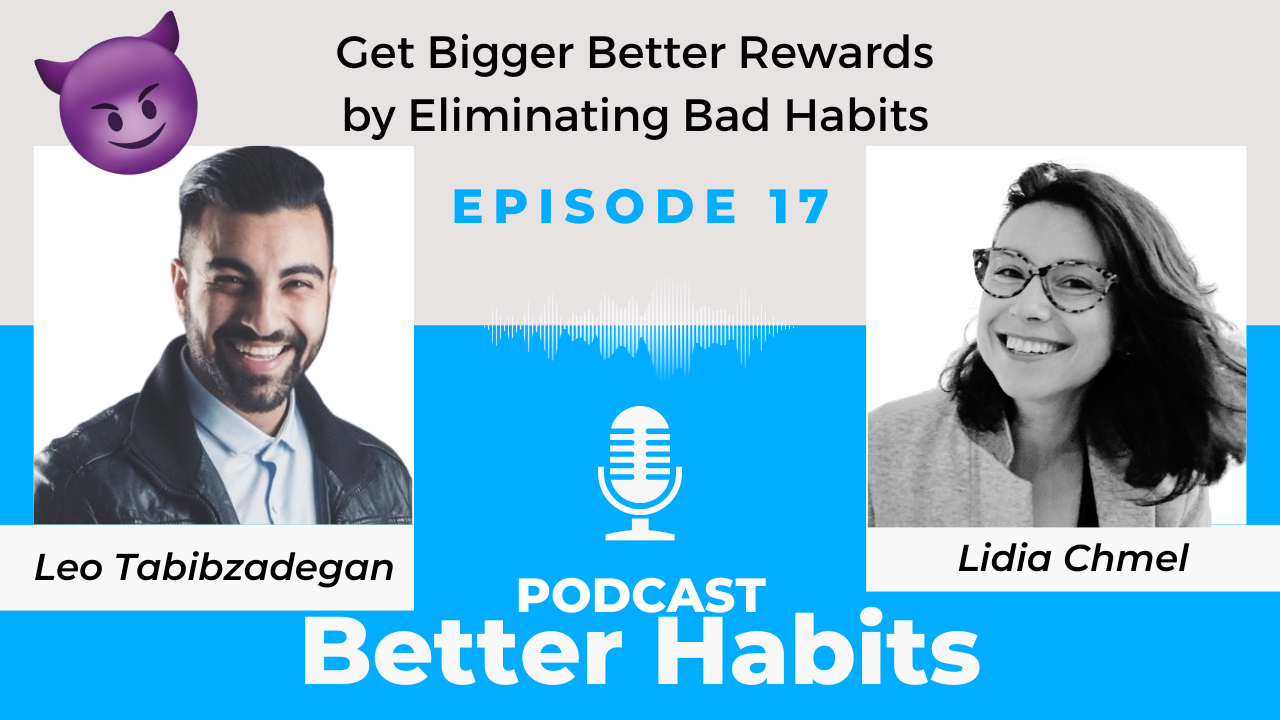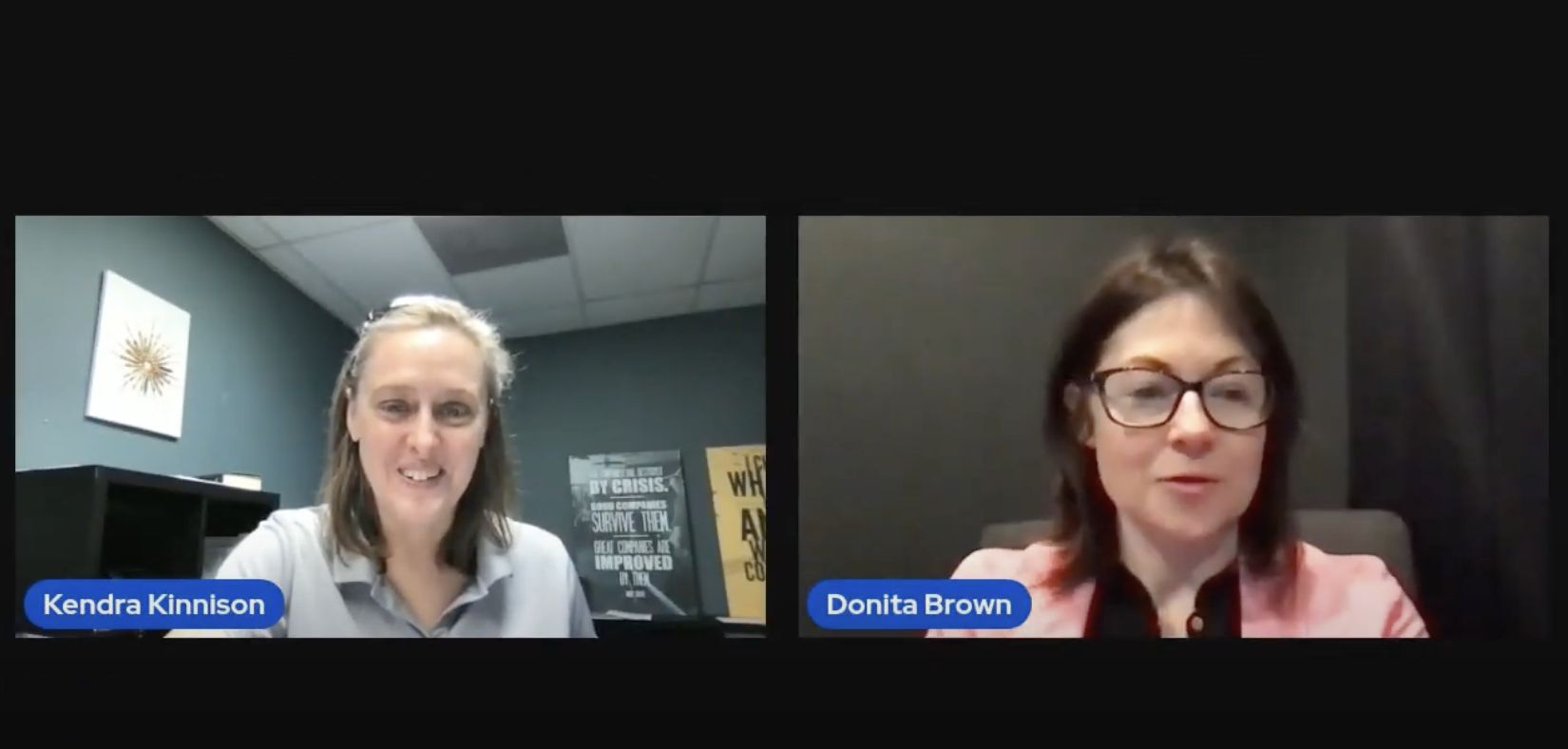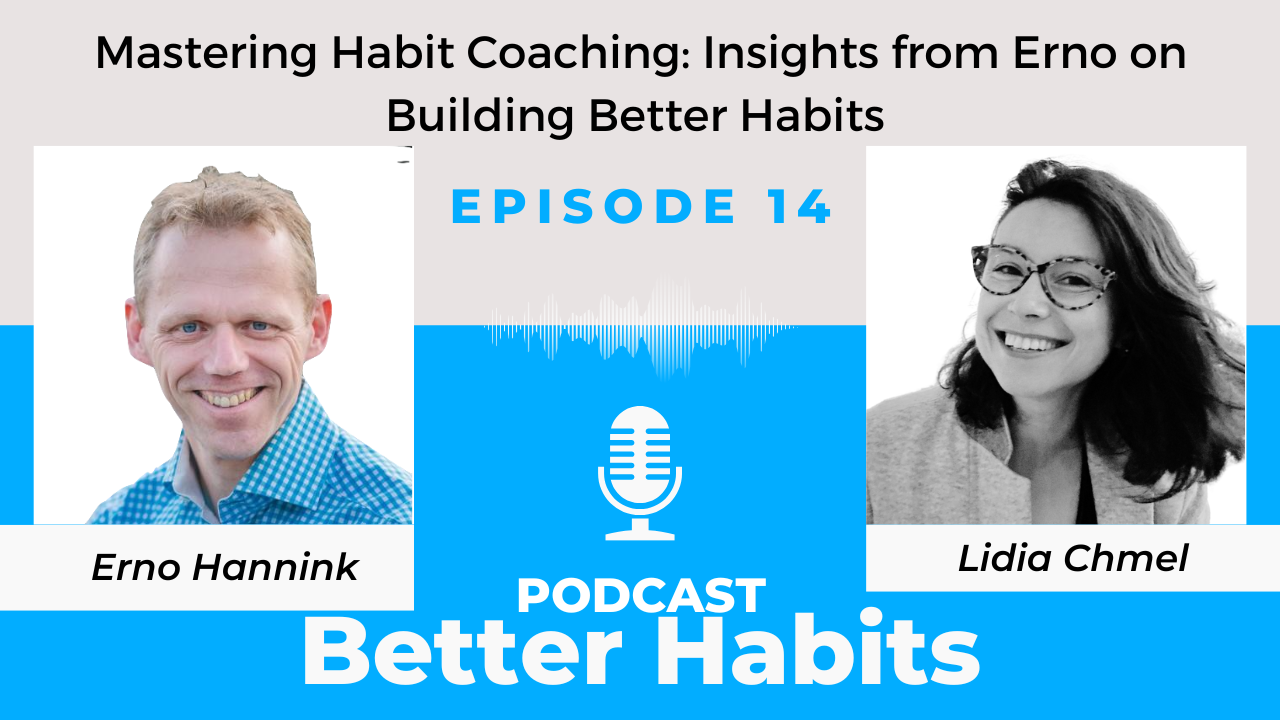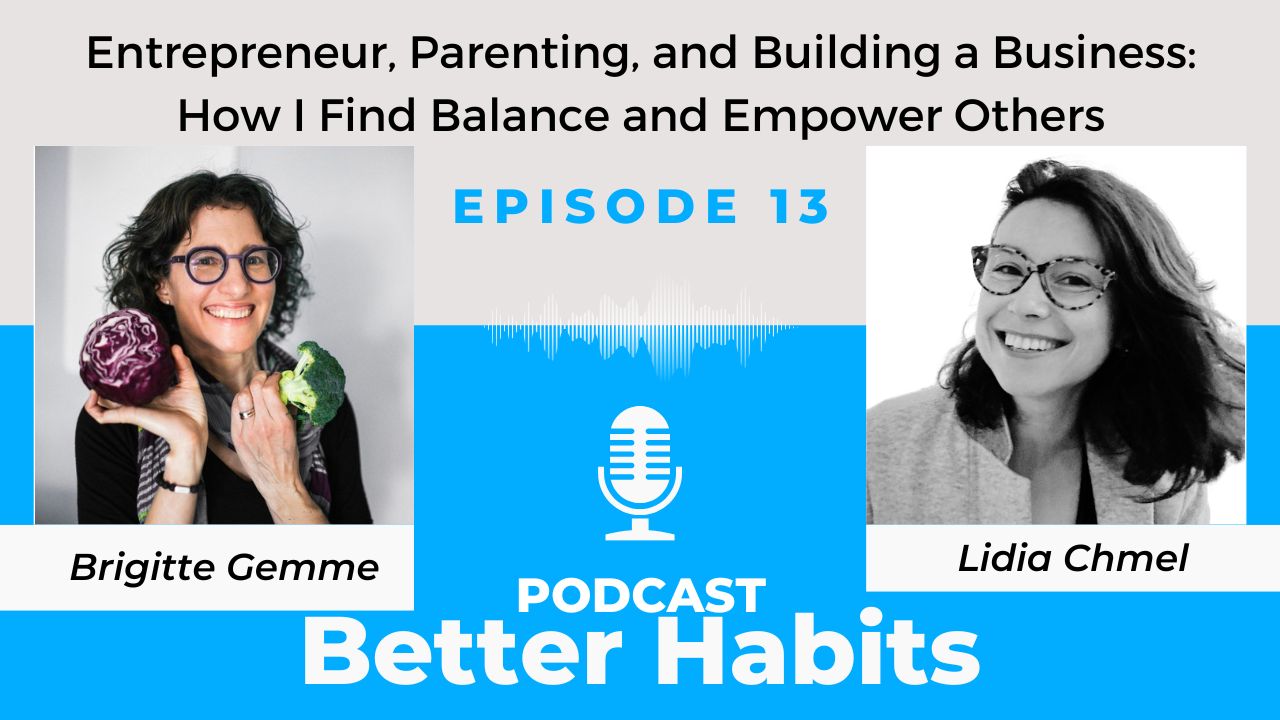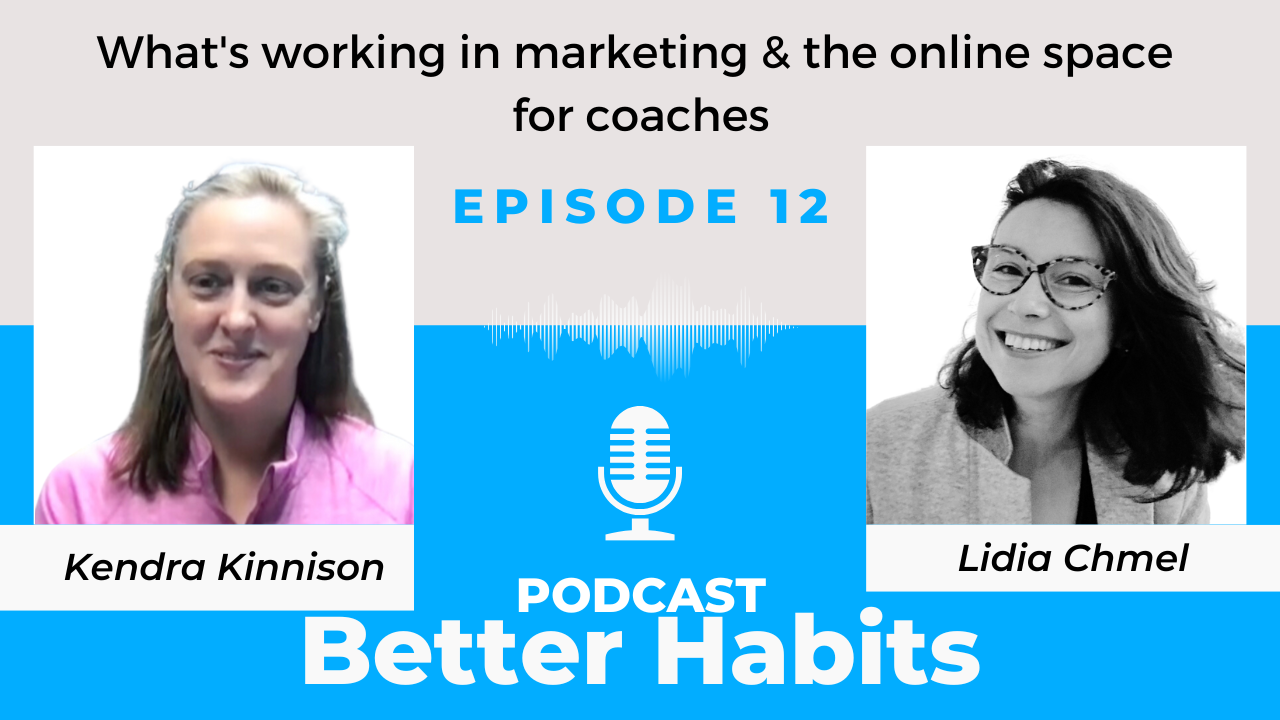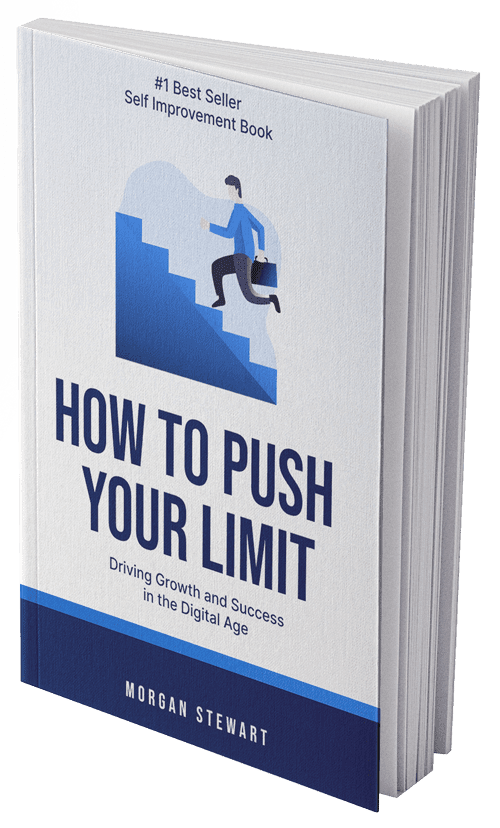This release adds a small indicator to activity feeds if the activity came as part of a group. You’ll see these as tappable phrases like “via Zen Habits.”
But wait, what are groups? Groups are a way for communities to come together around a topic or mission in order to share tips, give encouragement and hold themselves accountable.
This is a new feature that we’re trialing with a small number of people. We’ll be gradually expanding the groups feature according to Lift’s philosophy of incremental improvement. Hopefully, in the near future we’ll be able to tell you that groups is a fully baked feature. Until then, read on for some background.
I love every day that I walk into the Lift offices, but two days stand out as emotional peaks.
On one, the day that I started coding the first version of Lift, I had an epiphany where everything I cared about came together around the idea of boosting human potential through networked support systems. I dropped every other responsibility and coded for nearly four days straight. That was an unparalleled bout of manic enthusiasm.
The second most exciting day was a Tuesday, two weeks ago.
As a team, we’d been sniffing around the idea that we could make Lift an order of magnitude more effective.
A lot of product teams think just in terms of features. In other words, in order to make the product better you have to write code.
But I’ve seen enough social software to know that the community (and sub-communities) is where the magic happens. So, our job designing the product experience is often more about facilitating community then it is about writing code. Which brings us to groups.
Every day experts, authors and community leaders approach us about using Lift to support their missions.
As a concrete example, last Fall, we ran a challenge with Tim Ferriss for his book The 4-Hour Body. He wanted to support the advice from his book, while also measuring its effectiveness. The challenge was a huge success: 86% of participants lost an average of 8.6lbs each (over four weeks).
There were also two other dynamics in the 4-Hour Body challenge which led us toward our new groups feature.
The first is that Tim provided all of the participants with a mission and sense of purpose. The second was that everyone was getting better advice, both from Tim directly and also from other participants who’d read the same material and were overcoming the same obstacles.
Since then we’ve run a few other trials along the lines of the 4-Hour Body experiment. First, we tried our own experiment around productivity. Then we ran a challenge along with the book launch of our friend Darya Rose’s book, Foodist.
The Darya group is our canonical example: an author publishes a book filled with advice and then a Lift group forms in order to support achieving that advice.
But as we experiment with groups we’re finding dozens of other use cases including: eight friends getting in shape for a college reunion, a church pledging acts of good in their community, a cross country team tracking each other during offseason training, personal trainers keeping tabs on their clients, and health organizations bringing healthy habits to their communities.
You may be wondering, with all of the choices we have on what parts of Lift to work on, why are we doing groups now. Here’s why: we’ve been able to quantify the success rates of groups. A person is roughly twice as successful when working with the support of a group as compared to the standard Lift user.
That brings me back to the Tuesday two weeks ago, which was my second happiest day at Lift. I took half the Lift team to lunch at Samovar (a popular tea & lunch spot near our office) in order to meet with Leo Babauta from ZenHabits.
We’re big fans of the ZenHabits approach to lifestyle design and have a lot of respect for Leo, who’s been doing this professionally far longer than us.
Leo had two reactions to our early groups. He had tremendous enthusiasm for being able to measure and support his own advice. And he had lots of questions.
In fact, nearly everyone we’ve talked to has had the same reaction, enthusiasm followed by questions about best practices.
Normally, this situation would be a mixed blessing. We’d feel like we were on the right track, but also feel like we were going to have trouble executing (in this case, because we didn’t have a person to research and answer all of the questions from all of the groups we want to help launch).
Normally, when we have a staffing gap, it can take us months to find the right person. But I was ready to move on groups right away.
However, in a very rare situation, I happened to have a friend, Sonya, who was perfectly suited to help us, was inclined to help us, and could start immediately.
I’ve already told you all the details I’m going to share about the groups feature, and now I’m deep into a tangent on what it feels like to be running Lift.
The fact that I had a day where I felt extreme optimism about a feature, that feature was greated with extreme enthusiasm by a top user (Leo launched his group, Sea Change, a week after that meeting), and my first choice of person to help run this feature could start immediately—we’ve had a lot of good fortune, but never that good.
I’ve heard that when you start a company, the lows are lower and the highs are higher. Thankfully, I’m wired to mostly forget the lows. That allows me to treasure moments like that Tuesday, when the stars aligned.

